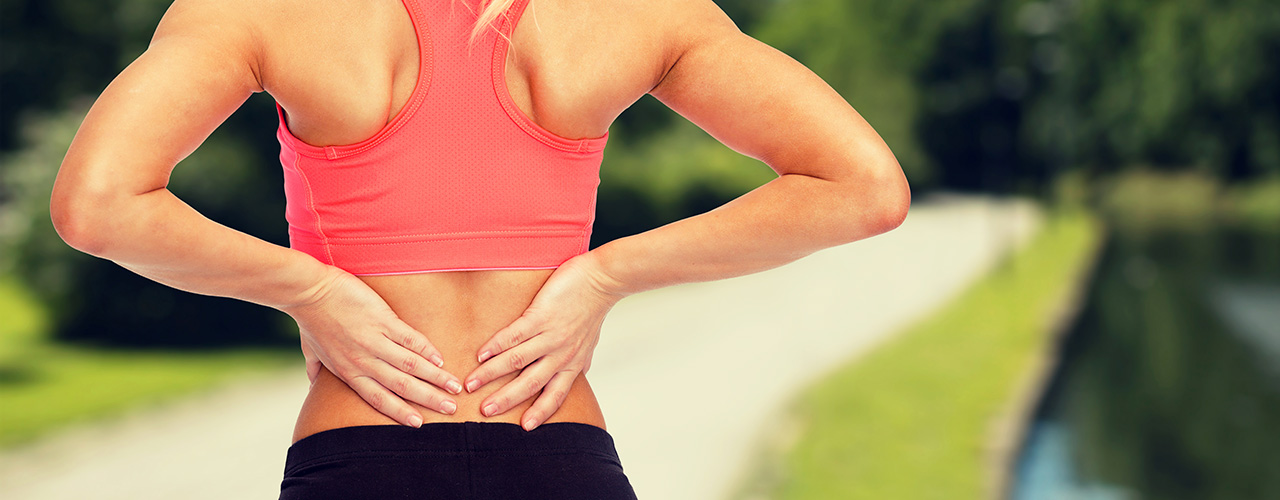Back pain can be debilitating, affecting daily life and productivity. However, managing and alleviating back pain without medication is possible through a combination of lifestyle adjustments and therapeutic practices. Understanding the common causes of back pain is crucial. Factors like poor posture, muscle strain, and underlying conditions can contribute to discomfort. By pinpointing these causes, individuals can better tailor their approach to pain relief.
Table Of Content
Understanding Back Pain Causes
To effectively address back pain, it’s essential to delve into its origins. Poor posture, often stemming from prolonged sitting or improper lifting techniques, can strain the spine and muscles, leading to discomfort. Muscle strain due to overuse or sudden movements is another frequent culprit. Additionally, underlying conditions such as herniated discs or arthritis may exacerbate pain. By identifying these causes, individuals can adopt targeted strategies for relieving back pain without medication.
Importance of Proper Posture
Maintaining good posture plays a pivotal role in back pain prevention and relief. When sitting or standing, Mobilize Physio experts recommend aligning the ears, shoulders, and hips to reduce strain on the spine. Avoid slouching or arching the back excessively, as this can place undue pressure on spinal discs and muscles. Investing in ergonomic furniture and making ergonomic adjustments at home and work can further promote proper posture and alleviate back pain.
Ergonomic Adjustments
Ergonomic improvements in the workplace and at home can significantly alleviate back pain. Adjusting the height of chairs and desks to ensure proper alignment of the spine is crucial. Using supportive lumbar cushions or chairs with adjustable lumbar support can help maintain a natural curve in the lower back. In addition, arranging workstations to minimize reaching and twisting motions can reduce strain on the back muscles and joints, promoting back pain relief without medication.
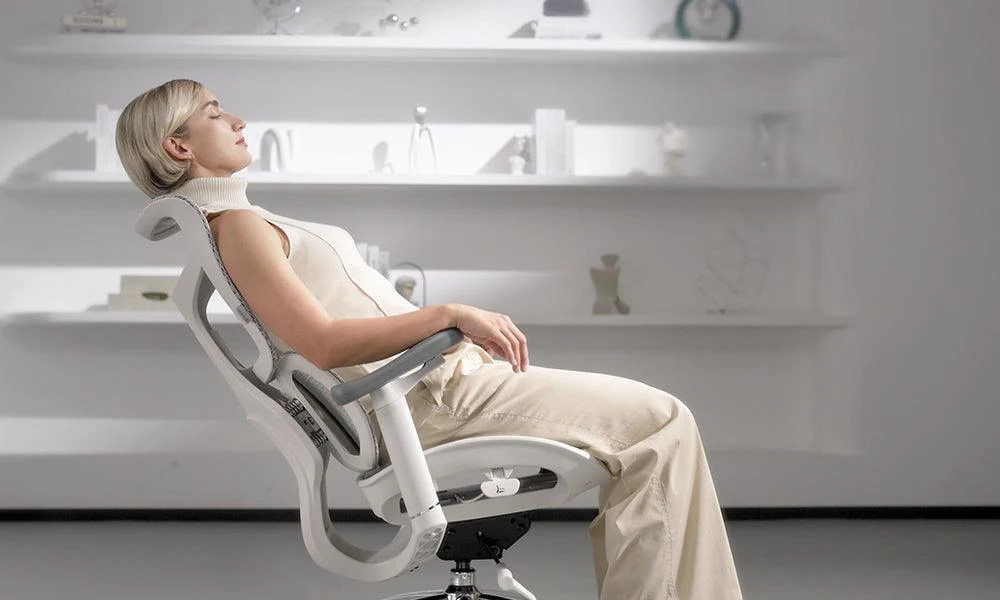
Core Strengthening Exercises
Strengthening the core muscles is essential for back pain management. A strong core provides support to the spine and helps maintain proper posture. Exercises targeting the abdominals, obliques, and lower back muscles can improve stability and reduce the risk of back pain. Planks, abdominal crunches, and pelvic tilts are effective exercises that promote core strength. Engaging in these exercises regularly not only aids in relieving back pain without medication but also enhances overall spine health.

Stretching and Flexibility Routines
Incorporating stretching exercises into daily routines can enhance flexibility and alleviate back pain. Stretching the muscles of the back, hamstrings, and hips helps maintain mobility and reduce muscle tension. Gentle stretches such as the cat-cow stretch or hamstring stretch can be performed daily to loosen tight muscles and improve circulation to the affected area. Stretching also promotes relaxation, which can alleviate stress-related back pain.
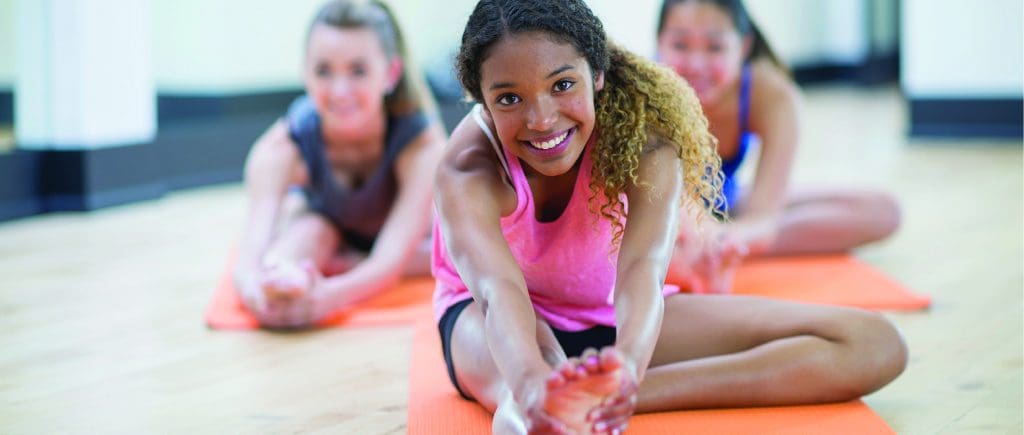
Benefits of Yoga and Pilates
Yoga and Pilates are renowned for their therapeutic benefits in back pain management. These practices focus on strengthening core muscles, improving flexibility, and promoting relaxation through controlled movements and breathing techniques. Poses such as the child’s pose, downward-facing dog, and the Pilates bridge exercise specifically target the muscles supporting the spine. Incorporating yoga or Pilates into a regular exercise regimen can provide long-term relief from back pain and prevent future episodes.
Mindfulness and Stress Reduction
Stress contributes significantly to back pain by causing muscle tension and exacerbating existing discomfort. Mindfulness techniques, such as deep breathing exercises and meditation, can help manage stress levels and promote relaxation. Practicing mindfulness regularly reduces the body’s physiological response to stress, thereby alleviating tension in the muscles and supporting relieving back pain without medication.
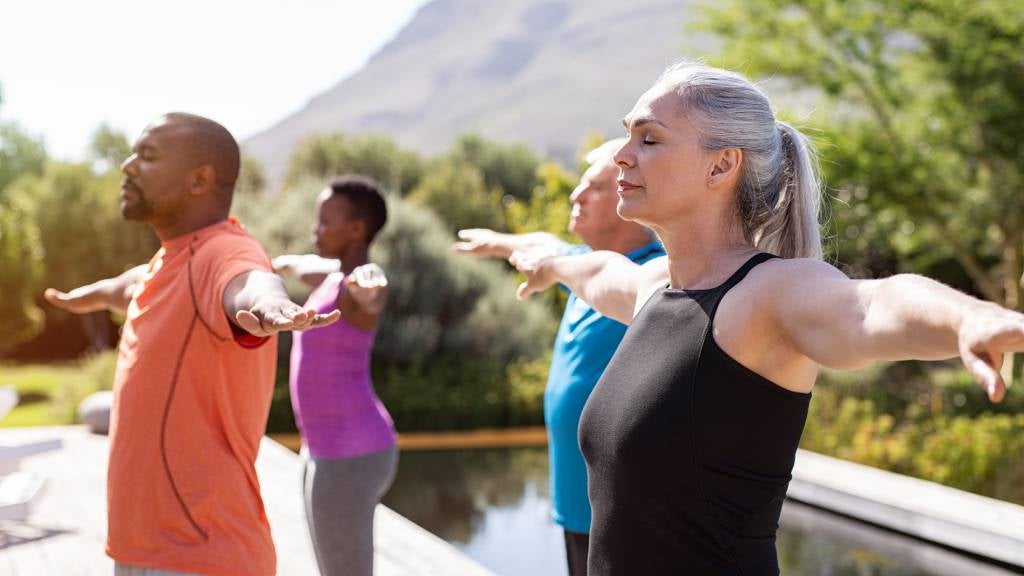
Heat and Cold Therapy Techniques
Heat and cold therapy are effective complementary treatments for back pain relief. Applying a heating pad or warm compress to the affected area aids muscle relaxation and blood circulation, reducing stiffness and promoting healing. Conversely, cold therapy with ice packs or cold compresses numbs the area, reducing inflammation and pain. Alternating between heat and cold therapies can provide significant relief from acute back pain episodes and aid in long-term management.
Proper Lifting Techniques
Using proper lifting techniques is crucial in preventing back pain caused by muscle strain or injury. When lifting heavy objects, bend at the knees and hips while keeping the back straight. Avoid twisting the spine and instead pivot the entire body to change direction. Utilize the strength of the legs and core muscles to lift, rather than relying solely on the back muscles. Implementing these techniques minimizes the risk of injury and back pain.
Sleep Position and Mattress Considerations
Choosing the right position to sleep and mattress is essential for back pain sufferers. At Mobilize Physiotherapy Centre, we advise clients to sleep on a medium-firm mattress that supports the natural curvature of the spine. For back sleepers, placing a pillow under the knees helps maintain spinal alignment. Side sleepers should position a pillow between the knees to reduce pressure on the hips and spine. Ensuring a comfortable sleep environment promotes restorative sleep and aids in relieving back pain without medication.
Benefits of Regular Physical Activity
Engaging in regular physical activity is crucial for back pain management and overall spine health. Low-impact exercises such as walking, swimming, or cycling strengthen muscles, improve flexibility, and enhance circulation to the back. Physical activity also stimulates the release of endorphins, natural pain-relieving hormones that reduce discomfort. Incorporating exercise into daily routines not only supports relieving back pain without medication but also promotes overall well-being.
Hydrotherapy and Aquatic Exercises
Hydrotherapy and aquatic exercises offer unique benefits for back pain relief. The buoyancy of water reduces the impact on joints and muscles while providing resistance for strengthening. Exercises such as water aerobics, gentle swimming, or floating can alleviate pressure on the spine and improve flexibility. Hydrotherapy sessions in a controlled environment can be particularly beneficial for individuals seeking alternative methods for relieving back pain without medication.
Massage Therapy for Back Pain Relief
Massage therapy is a valuable adjunct therapy for back pain relief. Skilled massage techniques target tight muscles, improve circulation, and promote relaxation. Deep tissue massage, Swedish massage, and myofascial release are effective in reducing muscle tension and alleviating back pain. Regular massage sessions not only provide immediate relief but also contribute to long-term back pain management by enhancing muscle flexibility and reducing stress.
Seeking Professional Help and Guidance
When back pain becomes challenging to manage without medication, seeking professional help from a physiotherapist or healthcare provider is essential. Physiotherapists specialize in diagnosing and treating musculoskeletal conditions, including back pain. They can develop personalized treatment plans that may include manual therapy, therapeutic exercises, and education on posture and ergonomics. Consulting a healthcare professional ensures comprehensive care and effective strategies for back pain management.
Conclusion
Incorporating these tips and techniques into daily routines can significantly alleviate back pain without relying on medication. By understanding the causes of back pain, maintaining proper posture, engaging in targeted exercises, and exploring complementary therapies, individuals can effectively manage back pain and improve their overall quality of life. Regular physical activity, mindfulness practices, and ergonomic adjustments further support long-term back pain relief. For those experiencing persistent or severe back pain, consulting a healthcare professional or physiotherapy center like Mobilize Physio is recommended for personalized treatment and guidance.
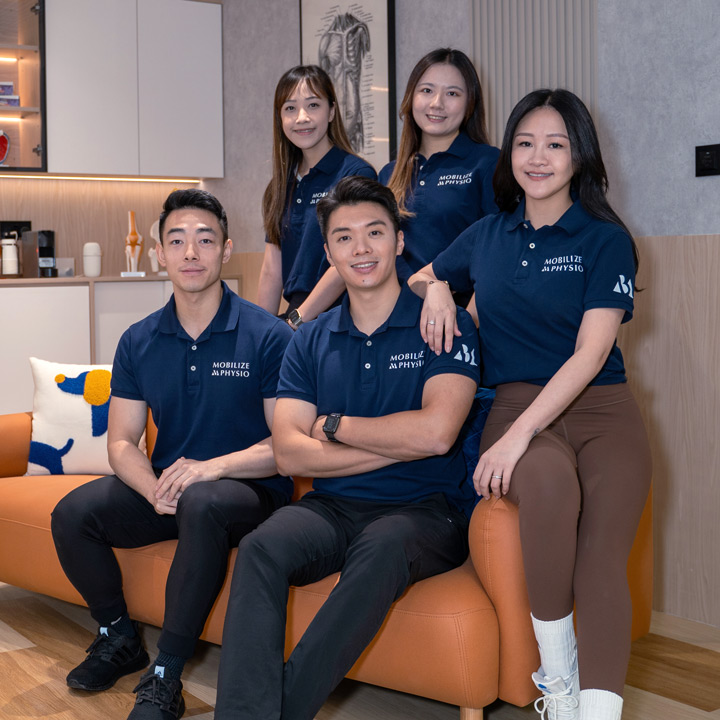
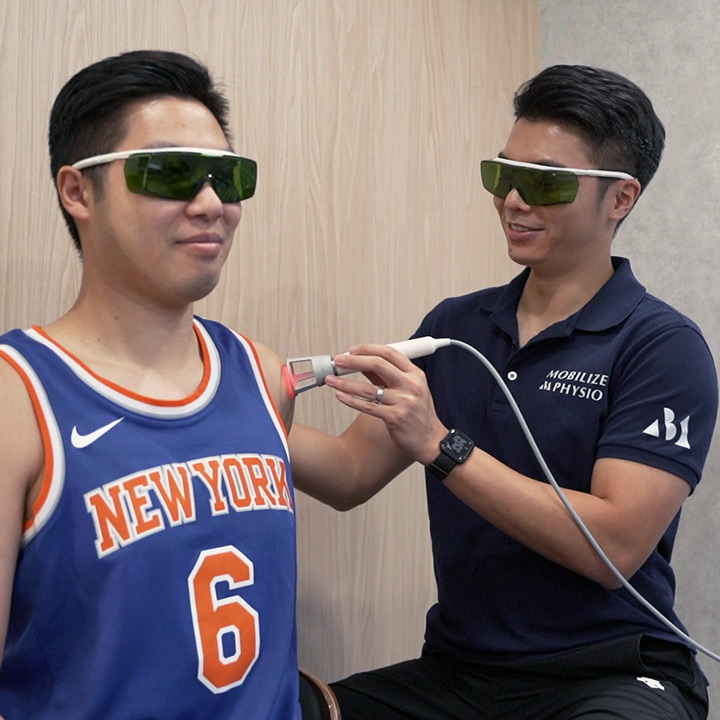
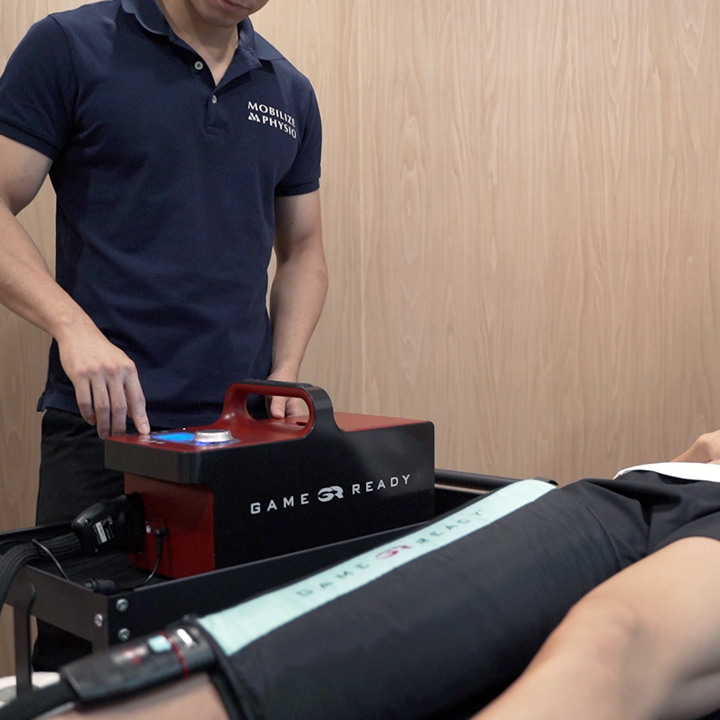
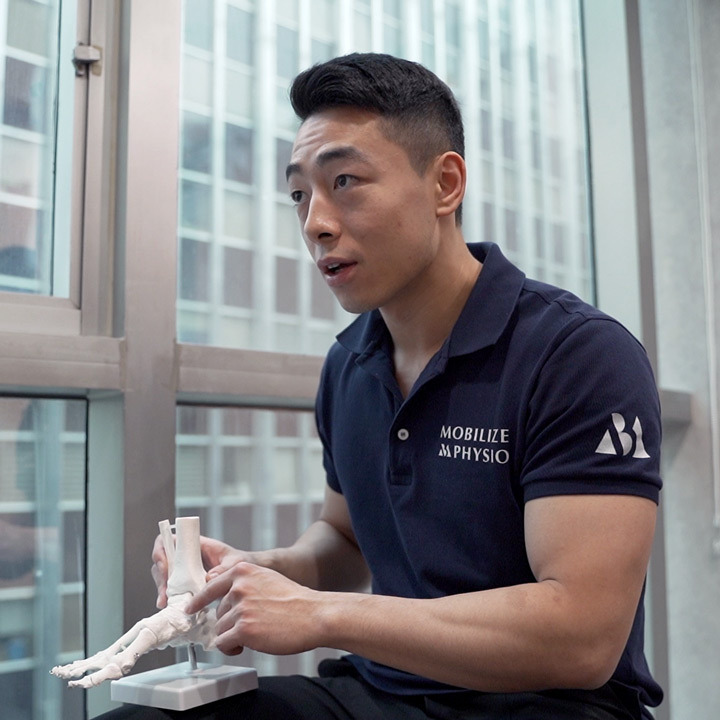
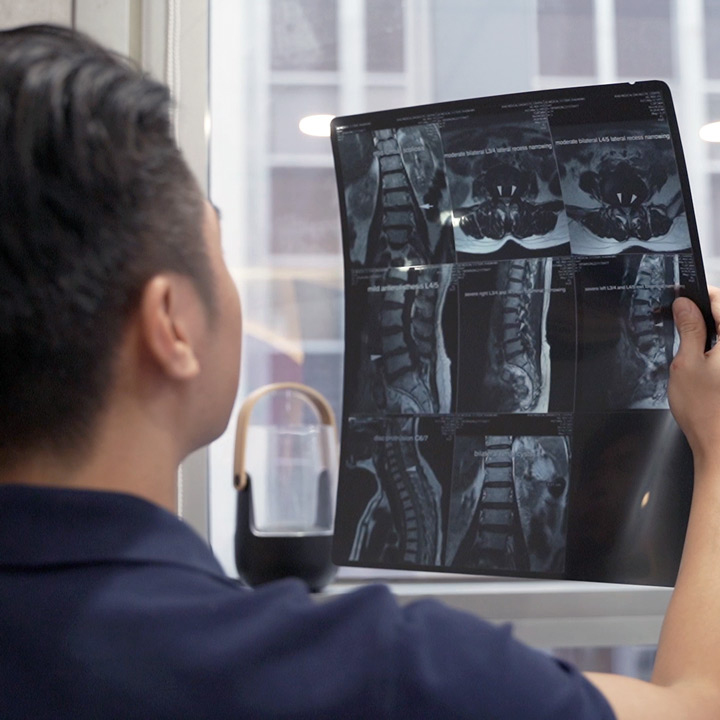
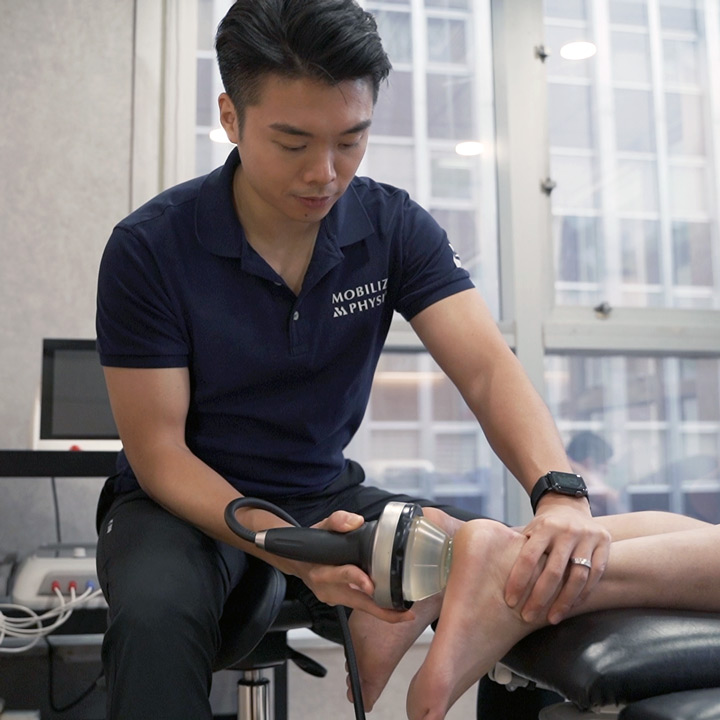
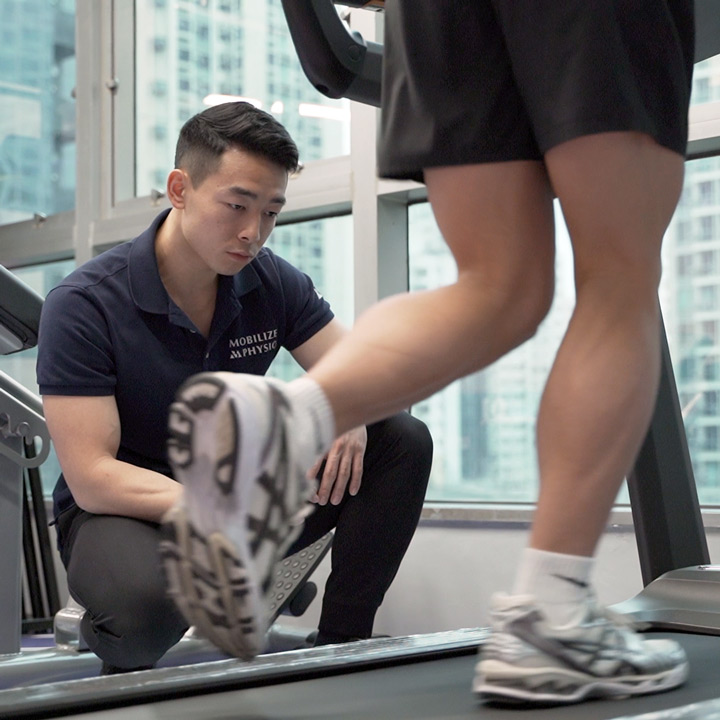
Physiotherapy Service
Mobilize Physio is a physiotherapy center located in Hong Kong. Our team of professional physiotherapists provides high-quality, evidence-based pain treatment. Our services include sports injury treatment, pain management, post-surgery rehabilitation, and posture and body alignment correction.
Every patient is unique, and we believe that every treatment plan should be customized accordingly. Therefore, we focus on one-on-one service to ensure that each patient receives personalized attention and specialized care. Contact us today to learn more about our physiotherapy services.
Latest Blog Posts
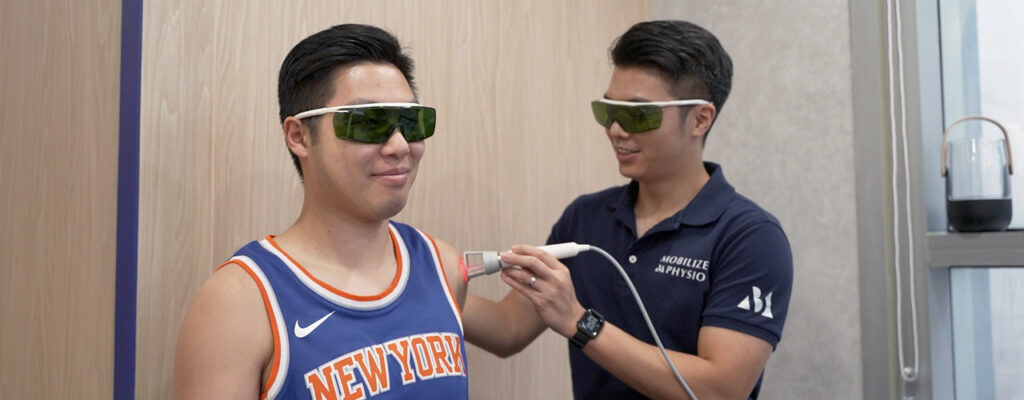
Why Pre and Post-Operative Physiotherapy is Essential for Recovery?
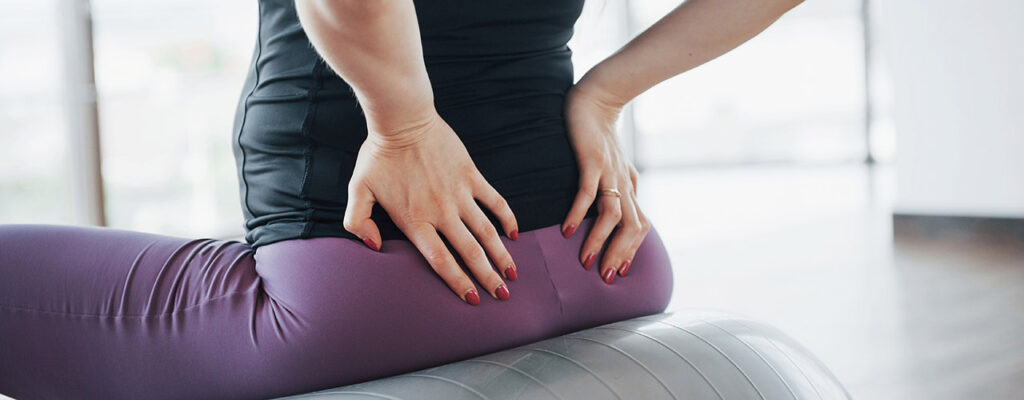
Tips to Reduce Hip Joint Pain and Stiffness
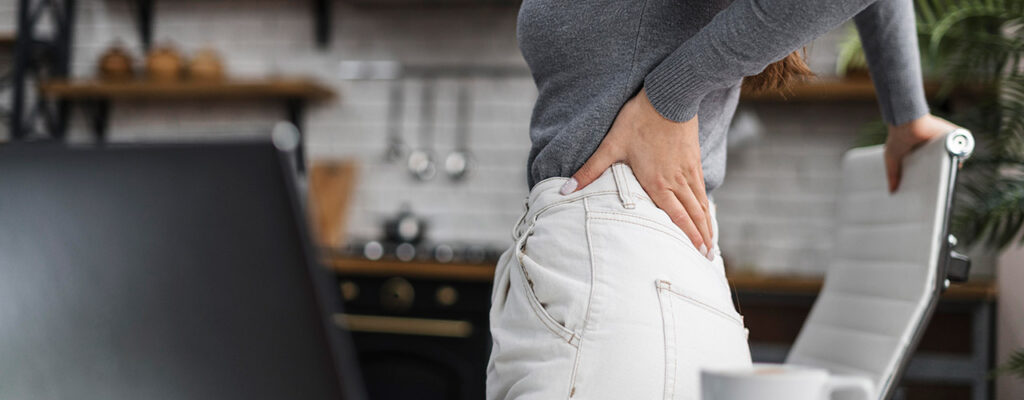
Pain in the Butt: Why It’s Probably Not Piriformis Syndrome
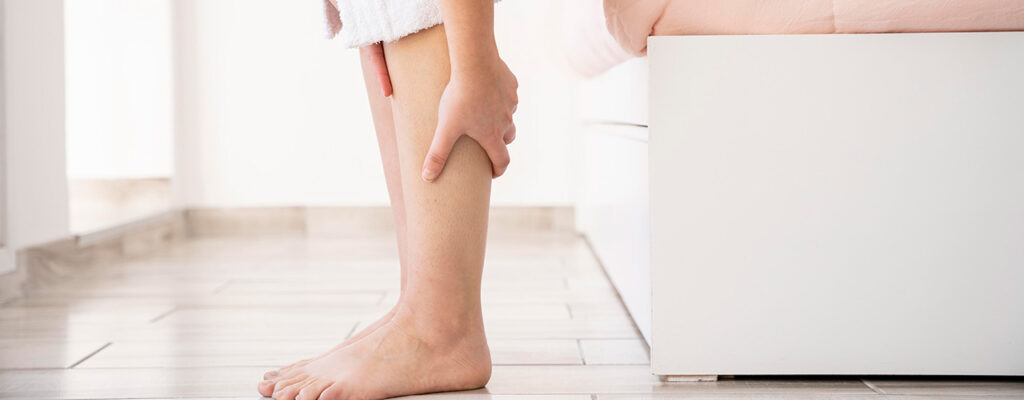
Standing All Day at Work? 7 Tips to Reduce Your Risk of Varicose Veins

Mobility Enhancement for Older Adults: The Key to Healthy Aging
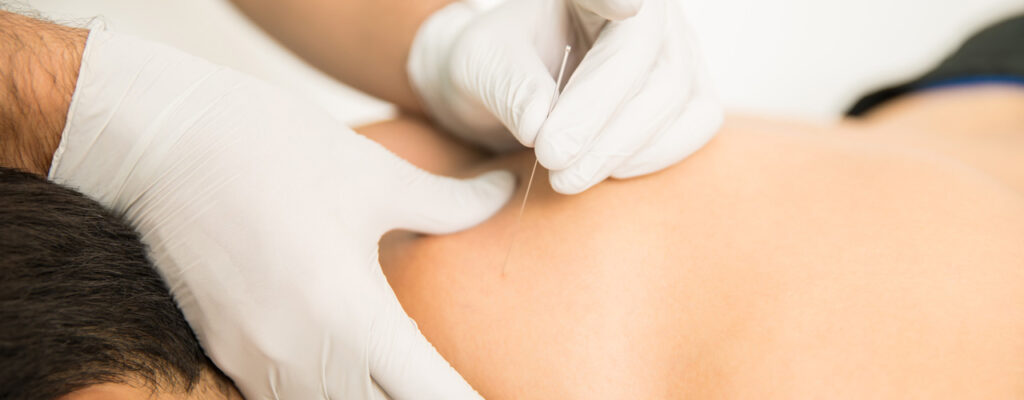
Traditional Acupuncture vs. Dry Needling: What’s the Difference?

